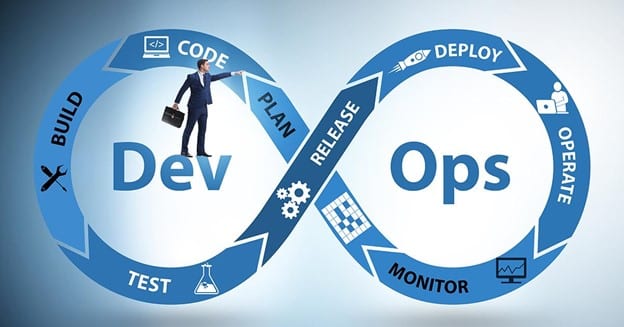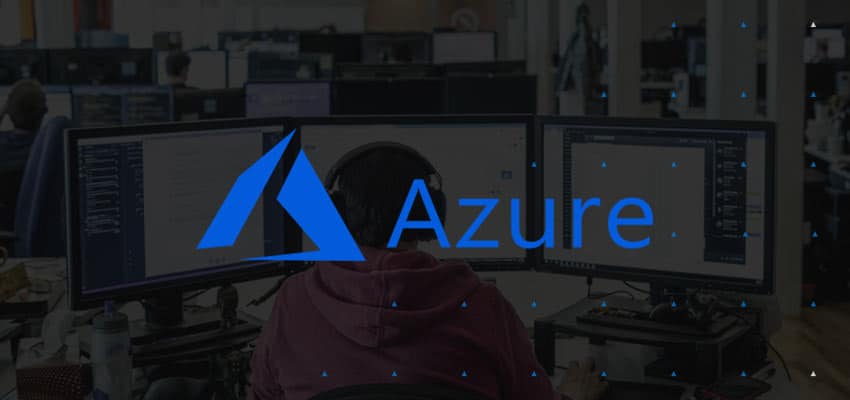

Collaboration within development teams breeds innovation and better cloud applications. Azure DevOps and Continuous Integration and Delivery (CI/CD) allows ISVs to release new features faster. Azure DevOps services connect to create the optimal development environment.
Azure DevOps is a combination of connected Azure services that create a unified environment for development teams to plan, build and test software. The collaborative features of Azure DevOps creates the perfect environment for ISVs to develop innovative, scalable cloud applications. Azure DevOps supports modern development processes such as Agile Development and Continuous Integration and Delivery (CI/CD).
Azure DevOps is the optimal solution for ISVs seeking to build cloud applications, from the planning stage through to the deployment.
Throughout the development of applications from planning to deployment, teams across the organisation can view project information through configurable Kanban boards. Azure Boards support agile development as teams manage sprints and assign tasks directly within DevOps. The team leads can track the progress of the project. The task information allows developers to view additional relevant information added by other team members. As these boards are connected to other services such as Azure Pipelines, it is easy to manage complex development projects.
The CI/CD approach fosters collaboration and innovation within development teams. Rather than the traditional approach of software releases every few months, CI/CD allows development teams to deploy new features quickly and fix bugs when they arise. This is achieved through the DevOps collaboration feature, Azure Pipelines. Developers can build features on a centralised Git code repository. However, instead of writing code in isolation and waiting for deployments from colleagues, Azure Pipelines allow developers to create and work within new branches from the main branch. This means the entire team can be working on the code at the same time and submit code for their task via a pull request when they have completed it. Once a pull request is submitted an automated preset unit test will be triggered.

For quality assurance, Azure DevOps has customisable review protocols that can be automated. For example, before a pull request is approved, senior developers must review it and suggest any necessary changes. These can be completed by the developer who resubmits the code. Once the pull request is approved, it is automatically deployed to the customer environment in real time.
From an ISV’s customer perspective, the CI/CD significantly reduces risk or downtime. In most cases, the deployment or bug fixes will not impact the customer’s usability of the software. This means that ISVs can deploy new features on an ongoing basis.
Developers are at the heart of any ISV. Azure DevOps provides the services they need to be innovative and collaborative. This connected, automated environment allows developers to spend more time creating innovative features that will delight customers and less time fixing bugs. They do not have to wait for other members of the team to complete tasks for them to continue developing. They can also leverage code through the central git repository, saving significant time. No longer is it just a handful of occasions a year that ISVs release features that improve customer experience, this can be ongoing. This CI/CD approach can create a significant competitive advantage for ISVs.
The Azure DevOps environment ensures that ISVs have full traceability across their application build. The use of Azure Boards ensures that each task, pull request and submitted code is easily traced. This data can provide significant insights for ISVs regarding developer resources.
To learn more about Azure DevOps, CI/CD and how this approach can help you build your cloud application, contact the Spanish Point Technologies team.
Or sign up to one of our Azure bootcamps!
